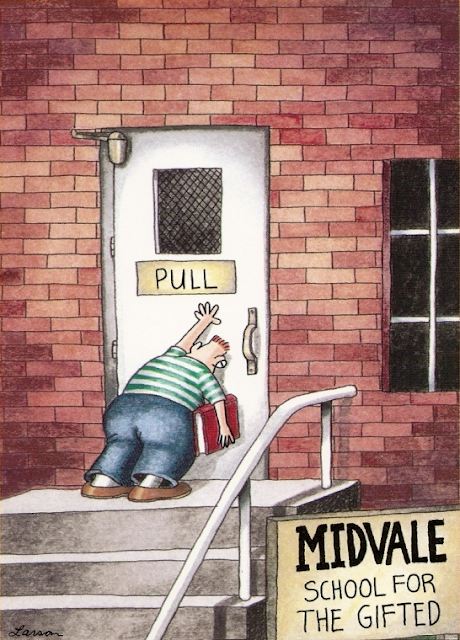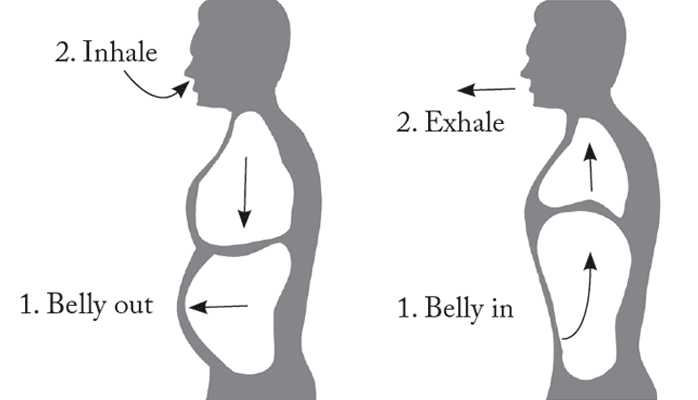Feel the fear and do it anyway. Or, feel the fear, think you’re ok, feel some more fear, and then change your mind entirely. There is a reason I’m not a writer of pithy book titles and there is a reason my inspirational writings are not flying off virtual shelves in virtual stores.
I have always worried what others think of me. This fear is not debilitating, and so I’d not class it as social anxiety disorder, but on many occasions my anticipation of criticism has prevented me from doing things I otherwise might. Getting older has helped, because the older I get the less I care, but unless I am Methuselah incarnate I won’t grow old enough to fully eliminate the worry.
In this day and age, where more people are judging and being judged, when the outrage bus has standing room only, and where there are entire business models placing the judgement of others at their core, it’s probably something I just need to ‘get over’. Some days I am bewildered by the level of judgement in the world, even though I am a judger myself.
Bombarded by blogs, videos, and images of people whose self-confidence seems stratospheric, I don’t always see the talent to support those levels of enthusiasm. In truth I am captivated by anyone who just ‘goes for it’. I am in awe of them. Their seemingly self-sustaining confidence is a thing of beauty, and it should be cherished.
These are the people who go to Karaoke, not worrying about finding a song to match their voice, not caring if they end up following someone who sings like Adele or Freddie Mercury. These passionate creatures are bloated with life, bleedingly honest, and I derive energy from having them in this world.
It was with in a quest for this energy that I posted an unassuming musical video of myself on Youtube. Youtube gave me the coward’s option of privacy, allowed me to sanitize the end product, and happened to be free. Result!
In the video, I played the guitar and sang. Even if I do say so myself, my performance was somewhere between tragic and abysmal, but in my defense I sanitized nothing – that would have been cheating. Through the publication of that raw video I felt noble for pushing past my self-imposed limits. I had taken the advice of Susan Jeffers to heart by ‘feeling the fear and doing it anyway’. I celebrated my success by promptly logging back in, switching off the comments, hiding the link, and pretty much burying the post so deeply that I wasn’t sure I’d ever be able to find it again. However, I didn’t delete it – for several days – and so I still allowed myself to feel worthy, at least for that brief time that it was technically ‘available’ to the pubic. I am my own worst critic, and I had found myself wanting.
The same fear of judgement has also shaped my writing. On the one hand my ego wants the attention, and wants to be told that I am a wordsmith descended from Homer and Shakespeare. On the other hand I really don’t want the attention, because I do not have that lineage at all, and I also worry about wasting the time of others. The inner monologue goes something like this:
“Why bother writing it? No one will read it.”
“Yes they will. They might give it a clap.”
“In another context the clap is not a good thing.”
“Don’t be a jerk! Someone might like it.”
“That sounds a bit desperate… ‘SOMEone’… my last piece got no comments on my blog, and only one ‘like’ on Facebook.”
“Facebook is just an exercise in ego massage and vicarious living for crying out loud. You LIKE writing.”
“But I’m always editing it down so as to head off misunderstanding and minimize the risk of offending. And I don’t like it when people point out spelling errors, factual misstatements, or a lack of creativity. It makes me want to delete the post.”
“Some of the things you’ve done are really cool. People want to hear about that. Nobody is looking for perfection these days. They just want you to be real.”
“I don’t write briefly enough for the short attention spans everyone seems to have these days.”
“You don’t need to be brief. Twitter and Facebook might have brief posts but by the time a person has lost two hours of their lives drowning in a sea of breadcrumb trails, click-bait, and in the forlorn hope that the next item might give them the chemical kick they’re craving, they’d have KILLED for a savior vessel of some quality.”
“But others have already written something like my stuff… and they’ve probably done a better job?”
That last rebuttal is probably the one that has held me back most frequently. We are bombarded by inspirational people who have overcome great adversity, or shown blinding creativity, or demonstrated acts of such selfless courage that we are truly humbled. Occasionally I’ve been a bit brave, come up with the odd cool idea, and been a bit charitable. I like to think of myself as a selfless, courageous artist but I’m not on the same level as those who inspire me. Why should I bother telling my story when those others have lived and shared more dramatically? It is only recently that I have settled on a response to this question.
Back in 2000 I was having a low moment, as we sometimes do, and was reading one of Richard Carlson’s Don’t Sweat the Small Stuff books. (I was in the middle of self-help book addiction). On this particular day I was reading a message, a life lesson that struck me so deeply I can still remember my emotions and the entirety of my surroundings with perfect clarity nearly 20 years later.
The message explained that much of what we fear is based on what we imagine will happen and not what actually happens. If we save our energy for dealing what is rather than what we fear we’ll find fewer of our fears come to be realized, and we’ll also have more energy to face them if they do eventually transpire.
As I read that message back to myself now I am smacking my head in faux drama because the lesson is already known to me. It’s no longer an epiphany, and it seems a waste of time re-sharing it. Of course knowing the words doesn’t mean I can always follow their advice, otherwise I’d be singing more karaoke, but I do have what I need from them. However, that point about smacking my head, about my reaction to something I already know, gave rise to a second lesson I’m only just beginning to digest.
If Richard Carlson had not written that book, even though what he was saying may have been said by others, if I had not been reading it on that day, and even though I may have already heard the message before, I would not have absorbed what I needed. There is a saying that when the student is ready the teacher appears.
This second lesson is one of the biggest catalysts to me writing now. I strongly suspect that other articles have addressed the point of anxiety in relation to putting yourself out there. They have, with more energy, encouraged you to share your story, find your voice, be ok with being you and damn what anyone else thinks. But maybe there was too much vernacular, or too little in them with which you could identify. Maybe you didn’t read their post when you were ready.
I am writing to say that your voice is important. As you begin, you might find yourself worried by what others think and you might, in the early days, choose to round the sharp edges and smooth the rough surfaces of your writing. Over time you will learn that people crave texture but it’s ok to take your time as you work up to revealing that to the world. Like any new sculptor in search of the art within the stone, you will inadvertently hit the marble at the wrong point and end up with something limbless or headless, but we still want to see that authentically crafted torso. Maybe torsos will become your thing, and that’s ok too.
And so as you ease your tender are cheeks into the hot bath of public opinion, you may may feel the heat upon contact with the water. It’s ok to swiftly lift your buttocks lest they be irreparably burned. It’s ok to take time to build up your courage again. And it’s ok to repeat the process of lowering and raising, all while letting out weird wheezing and whooping noises, until you have acclimatized your unmentionables.
As I leave you with far too many mixed and disturbing metaphors, presumably of someone performing a noisy up-thrusting routine above a torso and buttock soup, please know that you do not need to write for everyone, you only need to write for someone. That ‘someone’ might be you but it might also be someone else who needs to hear your voice. Maybe you are the one who has the right words for them. Maybe it’s your message that will be delivered to them at the right time. Or maybe they just love passionate karaoke, authentic torsos, or hot buns.
Cool books:
Disclosure: the links to the books below are affiliate links, meaning, at no additional cost to you, I will earn a commission if you click through and make a purchase.

